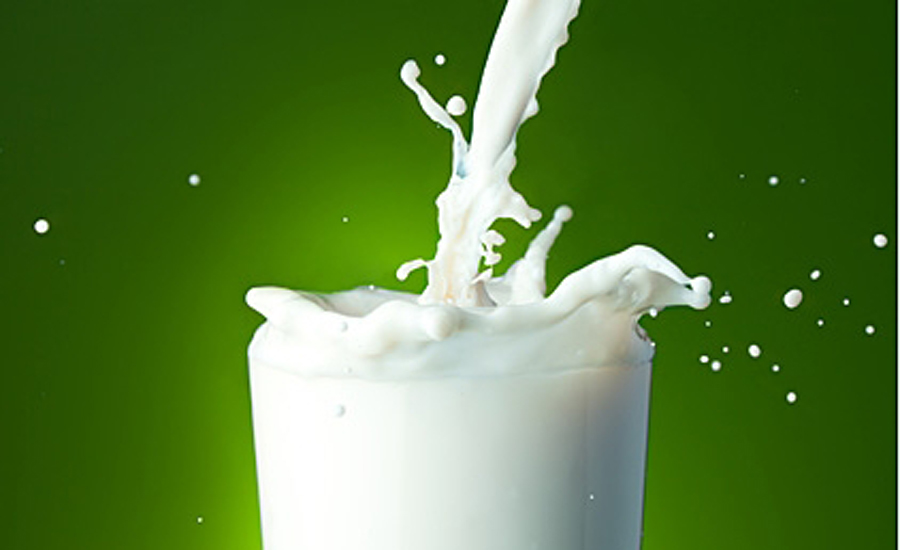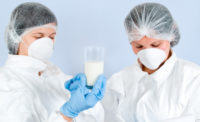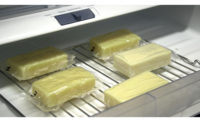Researchers from the Department of Biological Systems Engineering (BSE), the WSU/UI School of Food Science, Pullman, Wash., and other departments developed a sensor that can “smell” if milk is spoiled or not.
The sensor consists of chemically coated nanoparticles that react to the gas produced by milk and the bacterial growth that indicates spoilage, according to Shyam Sablani, professor at BSE. The sensor doesn’t touch the milk directly.
“If it’s going bad, most food produces a volatile compound that doesn’t smell good,” Sablani says. “That comes from bacterial growth in the food, most of the time. But, you can’t smell that until you open the container.”
The sensor detects these volatile gasses and changes color.
The breakthrough is in the early stages, but Sablani and his colleagues showed in a paper published in “Food Control” that their chemical reaction works in a controlled lab environment.
The next step is developing a way to visually show how long a product has before it spoils. Currently the sensor only shows if milk is okay or spoiled.
Though still early, Sablani envisions working with the food industry to integrate his sensor into a milk bottle’s plastic cap, so consumers can easily see how much longer the product will stay fresh.
“The expiration date on cold or frozen products is only accurate if it has been stored at the correct temperature the entire time,” Sablani says. “We’ll have to work with the industry to make this work. But, we’re confident that we can succeed and help improve food safety and shelf life for consumers.”



